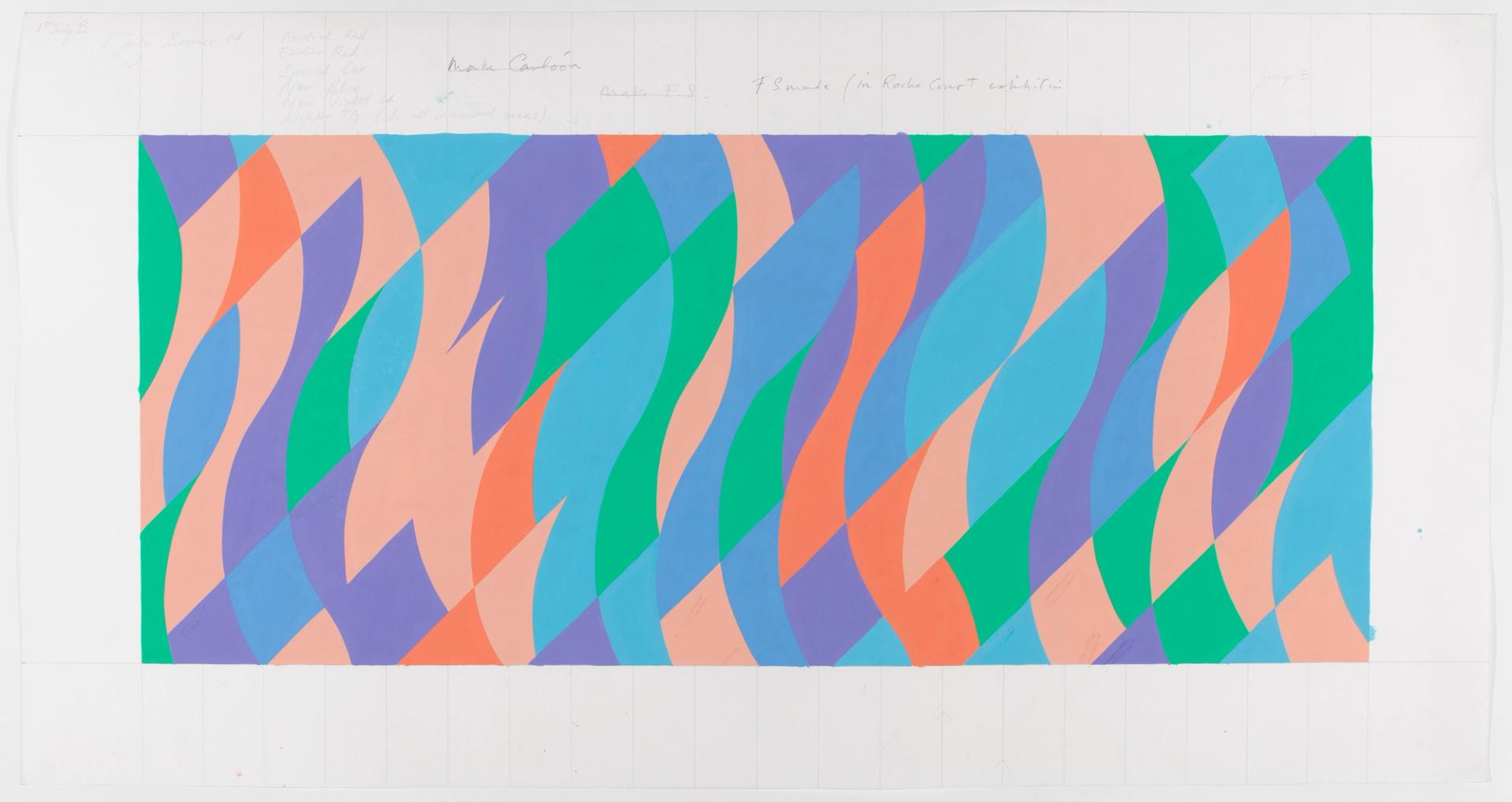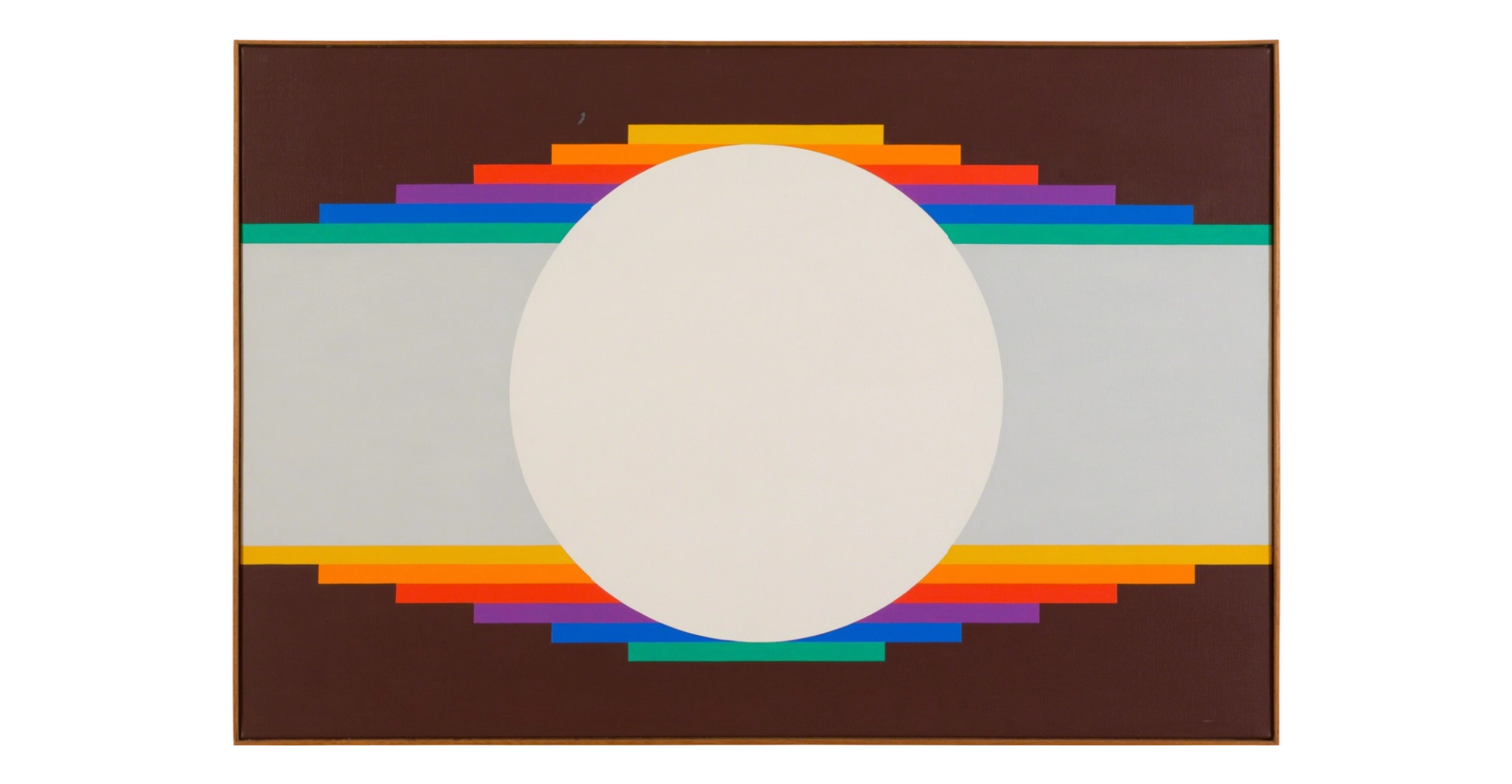During the VIP preview for The European Fine Art Fair (Tefaf) in New York, collectors dodged oyster shuckers and glasses of champagne throughout the Gilded Age spaces of the Park Avenue Armory, eager to ask dealers which works were available and for how much, seemingly more eager to chat about purchases than buyers at other recent fairs.
This year’s fair features 91 galleries under the venue’s wrought-iron arches and its historic rooms, and despite a busy spring art season in New York, the number of people attending the invitee-only preview on Thursday (11 May) suggested that Tefaf is a must-see for many in the art world—stars seen perusing stands during the preview included Anderson Cooper, the broadcaster and collector. Unlike Tefaf Maastricht, the fair’s original Dutch edition that centres Old Masters and antiquities, dealers at Tefaf New York tend to put more of an emphasis on Modern and contemporary art and design.
New York-based Gladstone gallery sold out its solo stand dedicated to Robert Rauschenberg’s Thai drawings from 1983, priced at $90,000 each. Lisson sold Sean Scully’s Wall Dark Blue (2022) to a private collection in Asia for an undisclosed price. Nathalie Obadia, a Paris gallery taking part in Tefaf for the first time, sold several works on paper by Shirley Jafffe for between $35,000 and $50,000, and Wang Keping sculptures priced between €55,000 and €120,000. Di Donna sold a work by Surrealist Méret Oppenheim to a museum, and Hazlitt Holland-Hibbert sold four works by Bridget Riley.
London gallery Richard Green sold Family Group (1949), a sculpture by Henry More, and Branksome Dene (1916), a painting by Winston Churchill. Peter Freeman sold Blah, Blah, Blah (2008), an ink-on-paper work by Mel Bochner with an asking price of $20,000. The gallery also sold three recent sculptures by Charles Ledray, with asking prices between $7,000 and $10,000.

A view of Di Donna’s stand, showing work by Méret Oppenheim, at Tefaf New York 2023. Courtesy Di Donna
While economic jitters have made wealthy collectors more selective when it comes to art purchases, Tefaf executive committee president Hidde Van Seggelen says the fair occupies a sector of the market that has been relatively resilient.
“It would be foolish to deny that because of the unrest we have in the world, but you still see real increases in high-value items,” Van Seggelen says. According to the latest Art Market report from Art Basel and UBS, released last month, dealers with the highest annual turnovers—more than $10m—were the ones who experienced the largest increase in average sales values last year, at 19%.
Van Seggelen says he’s seen more work by women for sale at this Tefaf than in previous years, though the fair hasn’t tracked how many dealers are selling works by women or how the figure may have grown. Dealers said more collectors have expressed interest in buying work by women at this year’s fair, with one noting it might be partially due to museum curators focusing more on long-overlooked female artists, which can jumpstart the market for an artist’s work. (More museum representatives are visiting the fair this year than past editions, Van Seggelen adds).
Emmanuel Di Donna from Di Donna, a New York gallery specialising in Surrealism, says he’s seen renewed interest in works by women who were part of the movement, including Leonora Carrington and Dorothea Tanning. Di Donna’s Tefaf stand is a presentation of work by Oppenheim, the German-Swiss Surrealist who worked alongside artists like Man Ray, Max Ernst and Marcel Duchamp. The works are priced from $33,000 to just over $1m. While Di Donna refers to Oppenheim as “the great female Surrealist”, he adds that it was a title she would have disliked. She championed the idea of creative androgyny, influenced by psychoanalyst Carl Jung, as was explored in the travelling retrospective that was on view at the Museum of Modern Art until early March.
“For Oppenheim, there was no difference between a male or a female artist. She had very strong views about feminism,” Di Donna says. “She refused to be in shows where only female artists were shown.”

Bridget Riley’s Untitled [1 July Bassacs] (2004) Courtesy the artist and Hazlitt Holland-Hibbert
London gallery Hazlitt Holland-Hibbert has a solo stand dedicated to Riley, the revered British Op artist who recently turned 92 and remains very active—she recently completed a large ceiling painting at the British School at Rome. The work on sale at Tefaf is from a colourful series Riley worked on in the 2000s, with prices ranging from $200,000 to $2.8m. (A travelling exhibition of Riley’s works on paper will be on view at the Morgan Library & Museum in New York from 23 June until 8 October).
“Bridget has never referred to herself as a woman artist. As far as she’s concerned, gender is not the important issue when it comes to creating works of art,” says James Holland-Hibbert, who has worked closely with Riley for years. “However, I think it’s important that women artists are more exposed to the market more [and] collected more.”
Gallery Hyundai from Seoul put on a solo stand for Korean artist Minjung Kim, whose work on Hanji paper (made from mulberries) is informed by both traditional Korean art and European influences she absorbed while studying in Milan. Her work at the stand ranges in price from $44,000 to $152,000.
Pauline Chiche, senior director of the Paris-based Nathalie Obadia gallery, says the dealer’s choice to bring work by Jaffe to Tefaf wasn’t because of the artist’s gender. Jaffe’s works on paper range from $35,000 to $50,000, while paintings cost between $250,000 and $300,000.
“It’s true that in this group of artists we present there’s many women artists, but it’s not a criteria,” Chiche says, adding that the gallery began representing the Jaffe estate years ago. “Many collectors are now focusing on women Abstract Expressionists. And she’s in it, but we’ve already been working with her for a long, long time.”

Untitled (347) (1973) by Verena Loewensberg Courtesy The Mayor Gallery
The Mayor Gallery in London unveiled a solo stand for 20th century Swiss artist Verena Lowensberg, a contemporary of Zürich creatives like Max Bill, Richard Paul Lohse and Camille Graeser. Her colourful, minimal paintings are on offer for $180,000 each. John Austin, a director at the gallery, says they wanted to spotlight Lowensberg, who died in 1986.
“Her career was definitely held back to being a woman. She had two children, she was divorced. She had to earn her own living,” Austin says. “It was a real, real battle. She continued to paint all the time all through her life. She was never deterred by that.”
- Tefaf New York, until 16 May, Park Avenue Armory, New York
